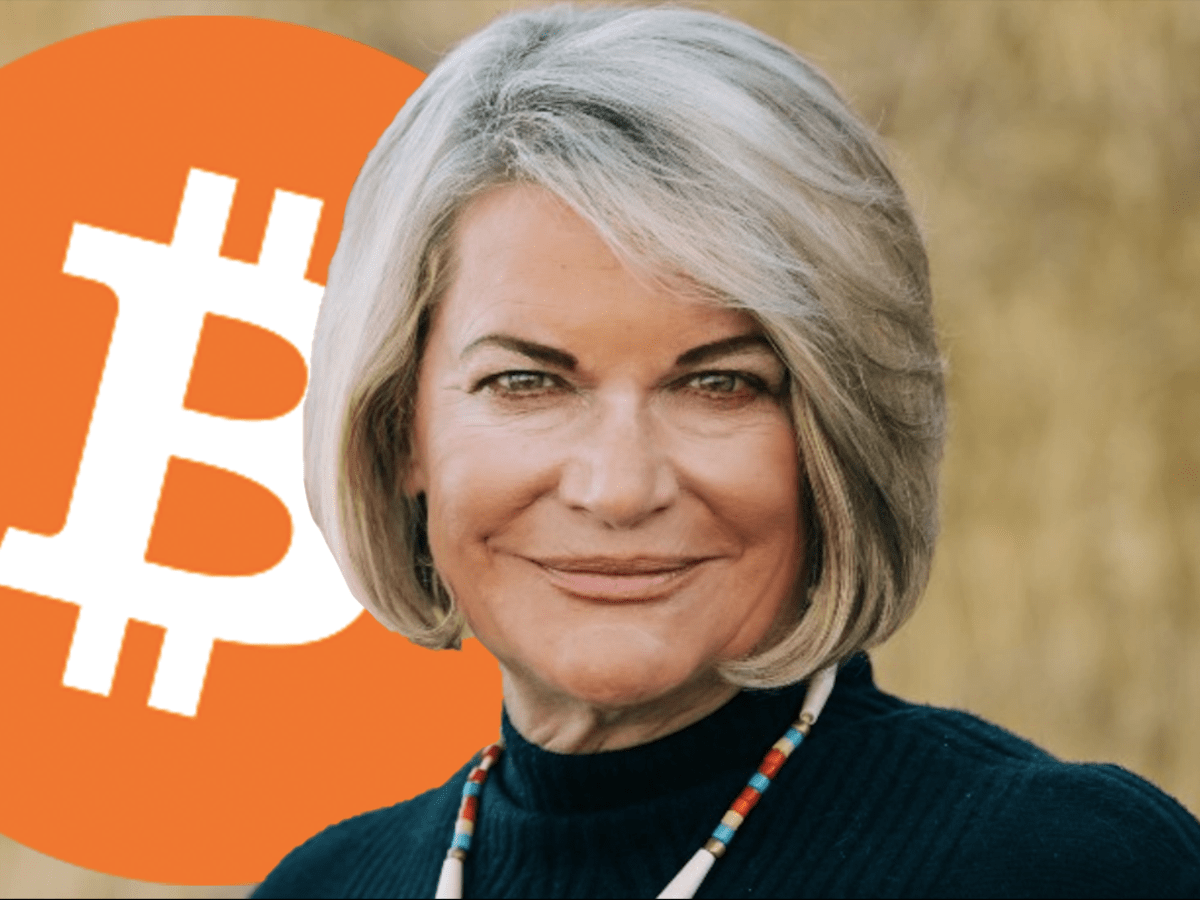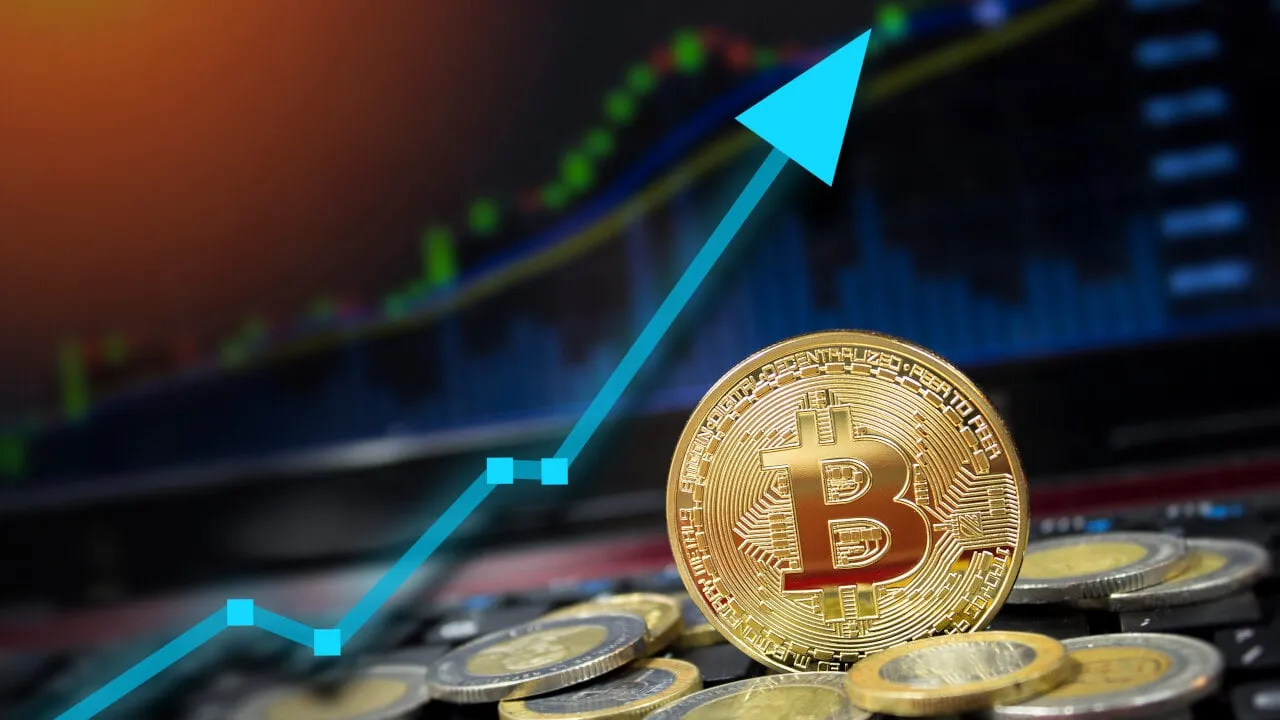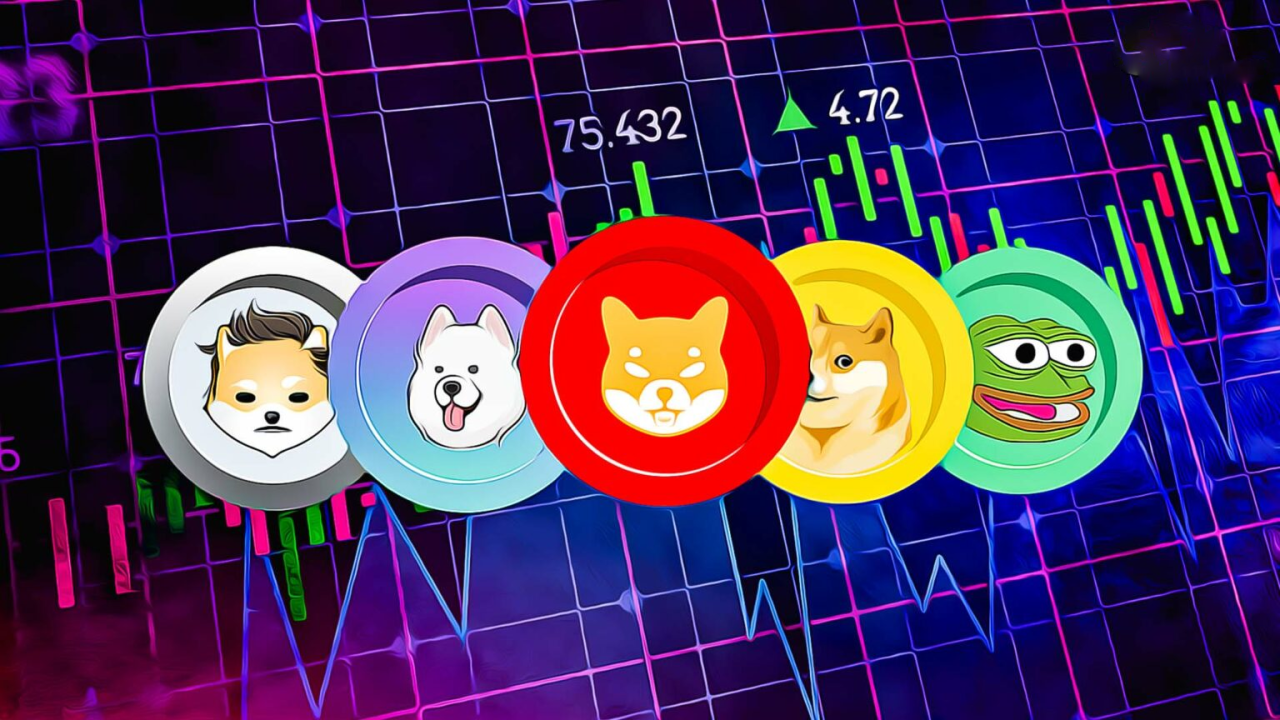Having achieved an all-time high above $99,000 on November 21, what pumped Bitcoin to its highest price from humble beginnings to dazzling six figures was more than just a lucky streak.
Bitcoin’s price has been on the rise for a number of reasons, including President-elect Donald Trump’s crypto-friendly stance; the possibility of the creation of a Bitcoin strategic reserve; heavy buying from MicroStrategy, the largest Bitcoin holder; and the start of options trading on Bitcoin exchange-traded funds (ETF).
In this article, we’ll delve deeper into the intricate factors that pumped Bitcoin’s record-breaking climb, offering insights into what pumped Bitcoin to its highest price and exploring what this could mean for its future trajectory.
What pumped Bitcoin to its highest price?
Factors contributing to the pump and surge in Bitcoin price include;
- The Trump Effect: A Pro-Crypto Presidency
- Institutional Buying Frenzy
- Macro-Economic Factors Supporting the Surge
- Retail FOMO and Network Growth
The Trump Effect: A Pro-Crypto Presidency
Crypto-Friendly Campaign Promises
Donald Trump’s campaigns prior to the November, 2024 US presidential election emphasized fostering innovation in the crypto industry, signaling his support for clearer, fairer regulations and reduced barriers to Bitcoin adoption.
This shift from his earlier critical stance on Bitcoin reflects growing political recognition of cryptocurrency’s potential as a financial tool and economic driver. During his campaign, Trump pledged to protect crypto entrepreneurs from overregulation, creating an ecosystem where blockchain technologies can thrive Bitcoin Strategic Reserve Possibility.
A key highlight of Trump’s crypto-friendly stance is his openness to a U.S. Bitcoin strategic reserve. Senator Cynthia Lummis proposed a bill to accumulate 1 million Bitcoin over five years, framing it as a hedge against dollar depreciation and a tool for national debt reduction.

Trump’s support for the reserve represents a monumental shift, as it signals the government’s potential embrace of Bitcoin as a financial instrument rather than a threat to fiat currency dominance.
The proposal’s implementation remains uncertain, but it has captured the imagination of the crypto community, portraying Bitcoin as an essential component of a modern financial strategy. This bold vision resonates with his campaign donors, who have increasingly contributed in cryptocurrencies like Bitcoin and Ether.
The resolution of the presidential election has contributed to stabilizing financial markets, including cryptocurrencies. With Trump’s pro-crypto policies in focus, Bitcoin surged, reaching a record high of $99,000 during this period.
This optimism reflects investor confidence in the possibility of regulatory clarity and institutional acceptance of Bitcoin, underpinned by the strategic reserve discussions and campaign promises.
This clarity in policy direction has undoubtedly played a role in addressing market fears, making the question What Pumped Bitcoin to its Highest Price? a testament to the intricate interplay between politics and market dynamics.
Whether it was confidence in Trump’s campaign promises, speculation on the strategic reserve, or reduced regulatory fears, the pro-crypto administration promises an intriguing future for digital assets.
Institutional Buying Frenzy
MicroStrategy’s Role
One of the most significant answers to what pumped Bitcoin to its highest price lies in the strategic accumulation of Bitcoin by corporations like MicroStrategy.
The company, led by Michael Saylor, has made Bitcoin the cornerstone of its treasury strategy, purchasing billions worth of the cryptocurrency over the past few years.

This persistent buying spree has significantly reduced Bitcoin’s circulating supply, creating scarcity and pushing up prices. As of November 2024, MicroStrategy holds over 160,000 BTC, signaling institutional confidence in Bitcoin’s long-term value
The company’s acquisitions also encourage other corporations to explore Bitcoin as a reserve asset, amplifying the demand-supply imbalance. This trend has established a virtuous cycle, with MicroStrategy’s leadership validating Bitcoin as “digital gold,” especially in times of economic uncertainty.
ETF Adoption Boom
The launch of Bitcoin ETFs in major markets further clarifies What Pumped Bitcoin to its Highest Price? Within days of the U.S. Securities and Exchange Commission approving a wave of spot Bitcoin ETFs post-election, these funds attracted institutional inflows exceeding $2.6 billion.
This dramatic surge underscores how ETFs simplify Bitcoin investment for traditional financial players, enabling pensions, hedge funds, and other large entities to access the market without directly holding the asset.
The ETF boom has also fueled optimism, with analysts projecting Bitcoin prices could break even higher records in the coming months. By broadening access to the asset and providing regulatory oversight, ETFs have catalyzed a new phase of Bitcoin adoption.
The Ripple Effect on Scarcity
This institutional frenzy exacerbates the scarcity dynamic in Bitcoin’s market. With a capped supply of 21 million BTC, heavy buying by corporations and ETFs accelerates the absorption of available coins.
Combined with heightened investor interest post-election, this trend has had an unmistakable impact on Bitcoin prices. Such factors leave little doubt that institutional actions are a critical answer to What Pumped Bitcoin to its Highest Price?.
Macro-Economic Factors Supporting the Surge
Dollar Strength and Bitcoin’s Paradoxical Growth
One of the more surprising aspects of What Pumped Bitcoin to its Highest Price? is the cryptocurrency’s ability to thrive even during periods of dollar strength.
Traditionally, Bitcoin’s value has shown an inverse correlation to the U.S. dollar. However, as the narrative of Bitcoin as “digital gold” gains traction, it has started behaving more like a hedge against broader economic uncertainties rather than just currency devaluation.
With the dollar index reaching record highs in recent months, Bitcoin’s surge reflects its growing reputation as a safe haven. Investors increasingly view it as a hedge against market instability, global conflicts, and inflationary pressures despite traditional wisdom linking strong fiat currencies to weaker crypto performance.
Debt Crisis Concerns
Another vital driver in answering What Pumped Bitcoin to its Highest Price? is the intensifying fear of a global debt crisis. As nations grapple with record-high levels of sovereign debt, concerns about currency debasement and fiscal instability have surged.
Bitcoin’s finite supply of 21 million coins offers a stark contrast to the unchecked money printing that often accompanies high debt levels. This scarcity amplifies its appeal as a store of value in turbulent economic times.
As central banks struggle to control inflation without triggering recessions, Bitcoin’s decentralized nature has become a beacon for those seeking financial security. Institutional and retail investors alike increasingly turn to Bitcoin as a hedge, reinforcing its position in global markets.
A Synergy of Macro Trends
The convergence of a strong dollar, geopolitical instability, and looming debt crises paints a clear picture of What Pumped Bitcoin to its Highest Price? Beyond traditional drivers like adoption and speculation, Bitcoin is now interwoven into the fabric of global macroeconomic strategies, offering protection and growth opportunities in an era of economic uncertainty.
This shift underscores Bitcoin’s evolution from a speculative asset to a mature component of financial portfolios, further solidifying its rise to unprecedented levels.
Retail FOMO and Network Growth
New Retail Participants
In recent months, the surge in Bitcoin prices has attracted an increasing number of retail investors, adding to the answer to What Pumped Bitcoin to its Highest Price? Retail FOMO (Fear of Missing Out) has played a pivotal role, as everyday investors rush to buy Bitcoin to capitalize on its upward momentum.
The allure of dramatic gains, combined with heightened media attention, has driven waves of new users to cryptocurrency exchanges and platforms.
According to data from CoinTelegraph, the number of first-time retail investors engaging with Bitcoin has surged significantly since mid-2024, contributing to its skyrocketing price
As Bitcoin’s price rises, its market psychology shifts, attracting not only seasoned traders but also retail investors looking to secure a stake in what they perceive as a once-in-a-lifetime opportunity.
These participants are increasingly motivated by the fear of missing out on further gains, which propels the price upward in a cycle of rising demand and expectations.
On-Chain Activity Trends
The growing participation of retail investors is further evidenced by on-chain activity trends. Wallet addresses and transaction volumes on the Bitcoin network have reached unprecedented levels, indicating a surge in demand.
As more investors join the Bitcoin ecosystem, the network has seen a consistent increase in active wallets and higher transaction volumes, signaling that Bitcoin is moving from speculative trading to becoming a more ingrained part of financial transactions.
Data from blockchain analytics firm Glassnode shows that Bitcoin’s number of active addresses has grown steadily since the price rally began, a trend that typically correlates with strong retail involvement.
Similarly, transaction volume has spiked, reaching all-time highs as Bitcoin continues to capture attention from both new and existing users
This on-chain activity mirrors the price surge, reinforcing the idea that increasing retail demand is a critical factor in What Pumped Bitcoin to its Highest Price?
The Road Ahead: Will Bitcoin Hit $100K?
Bullish Projections
Experts are more optimistic about Bitcoin’s future as its price keeps skyrocketing. Before President Trump’s inauguration in January 2025, many observers estimate Bitcoin might reach $100K.
Recent TechPoint Africa article claims that retail interest, institutional investments, and macroeconomic events support the momentum of Bitcoin’s price increase.
Driven by continuous institutional buy-ins, pro-crypto policies under Trump, and mounting global economic instability, projections show that Bitcoin’s price may keep on its increasing trend.
The impact of Bitcoin ETFs and institutional buying from firms like MicroStrategy is one of the main reasons behind these positive forecasts.
The scarcity of Bitcoin becomes increasingly evident as more institutional participants join the market, which is expected to drive the price upward.
Furthermore, as the paper points out, Bitcoin’s rise as a safe haven asset among world uncertainties confirms the future of the cryptocurrency even more.
Experts predict Bitcoin will readily cross the $100,000 barrier before the end of 2024 if it keeps becoming popular as a hedge against inflation and market instability.
Potential Challenges
Though there is hope, several factors could slow down Bitcoin’s climb and stop it from reaching $100,000 in the near future. Experts point out among the biggest hazards possible regulatory challenges.
Bitcoin might encounter challenges that would limit its price increase as governments all around, including the United States, try to enforce tougher rules on bitcoin marketplaces.
Particularly with regard to matters like taxation, anti-money laundering rules, and investor protections, regulatory ambiguity in these areas could discourage fresh institutional investors from joining the market.
Another difficulty is macroeconomic changes. While Bitcoin has done well under times of dollar strength and economic instability, a quick change in global financial conditions—such as a debt crisis resolution or a stabilization of world markets—may lower investor excitement.
Changes in conventional markets or a more general economic slump might also influence the price of Bitcoin and cause investors to migrate from speculative assets in favor of safer, more conventional investments.
Conclusion
Although institutional demand, retail FOMO, and global economic conditions all help to explain What Pumped Bitcoin to its Highest Price? there are still various obstacles that might slow down its price increase.
Should these elements line up and regulatory concerns be resolved, Bitcoin might very likely surpass the $100,000 mark before January 2025.
Nevertheless, continuous uncertainty in the financial and legal environments implies that the future price of Bitcoin is still prone to swings, so its path to $100K is anything but definite.



